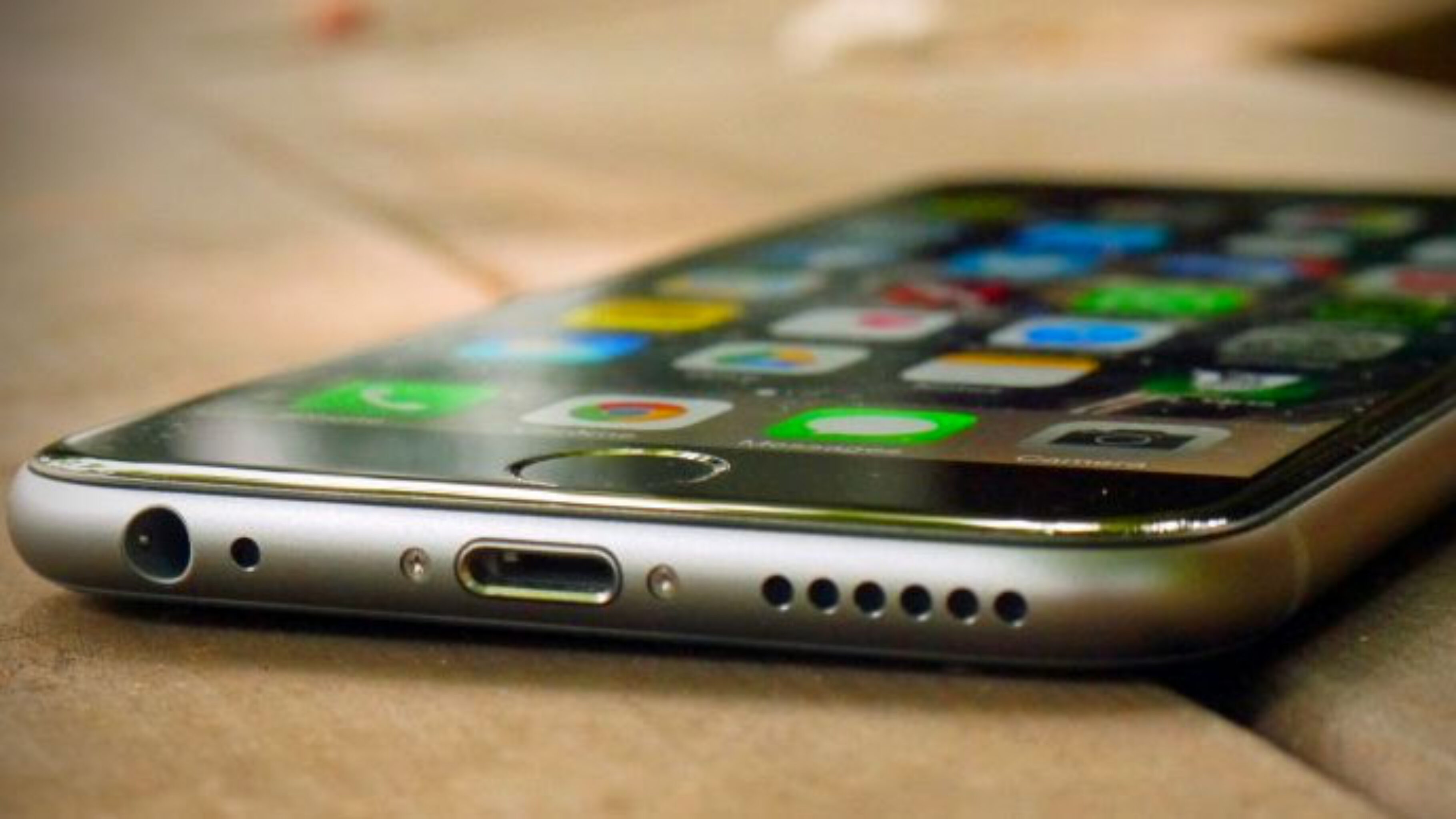All the current buzz surrounding the rise of mobile shopping has thrown up much in the way of discussion surrounding how much time and money brands should dedicate to targeting individuals via way of mobile devices. This is all well and good but along this trajectory of thought many eCommerce site owners have missed a very important point: mobile shoppers do not always arrive at eCommerce sites with the same motives and shopping styles as desktop users.
They may, in some cases, be an entirely different demographic of consumers with different desires and tastes and the ways we engage these consumers, garner sales from them and ultimately understand their psychology is very different.
It’s time to consider the fundamental differences between mobile and desktop shoppers and ensure that these differences inform the way we market to these individuals.
Logic would suggest that the slower bandwidth would mean that mobile users would be more in favour of text heavy websites. However, the smaller screenwidth found on mobile devices in fact encourages users to rely on imagery as their main way of extracting of information. What is even more surprising about mobile shoppers is their desire to view video content despite the fact that connection speeds are usually slower.
Mobiles have become second screens in the sense that they are often used whilst the user is watching television or listening to the radio. This does present a few issues for marketers, as the ability to capture a consumer’s undivided attention is diluted considerably if the individual in question is only half-heartedly looking at their phone whilst also watching TV. More problematic still is the early evidence suggesting that second screening may alter the brain, triggering depression and emotional problems. These conditions often illicit negative shopping behaviours, such as indecision and pessimism surrounding a buying option. This is extremely problematic for site owners trying to inspire as many onsite transactions as possible.
The second screen phenomenon also allows for multichannel campaigns to happen. If users are viewing smart TV that their mobile phones are linked up to, brands can send pop-up adverts to mobiles during commercial breaks when their adverts are being shown on the primary screens -the TVs. The idea being that, if a consumer is watching an advert for a certain brand they also see appear on their phone, the impact is doubled and brands will be able to engage the user even more.
Mobile phones are, in essence, digital sidekicks. They go everywhere with the user, meaning that the opportunity to market to the owner – via push messages in the case of eCommerce apps, or promotional e-shots sent to email addresses – allows marketers to promote their products more easily than ever before. This needs to be remembered. Marketers can access their mobile customers any place and anywhere and strategy should be built with this in mind.
However, there are certain times of day when mobile usage is particularly high. For example, 70% of mobile phone owners check their phones in the morning. A further 56% check at night. This has huge implications for marketers. They can choose to push products at these times. They need to take on board the fact that, at these times, mobile users are most engaged and likely to make purchases. In terms of usability, site speeds will have to be at their optimum at these times and no site maintenance should take place between these hours. That would cause the site to become temporarily unavailable.
The constant search for amusement means that smartphone users are more partial to great quality content than desktop users. The challenge for marketers is to create even more engaging, cutting edge, content through a variety of multimedia which can produce high levels of engagement. Sharp, concise videos that run smoothly, are mobile optimised and showcase the brand, can undoubtedly encourage shoppers to stay on websites longer. Furthermore, if the user journey has been cleverly plotted and the mobile user arrives at a page that enables a fast transaction, purchases will begin to increase.
Though mobile marketing for eCommerce involves a slightly different approach than it would if brands were purely looking to target desktop users, it is not hard to draft up a marketing plan with the psychology of mobile usage at the forefront. With the colossal increase in mobile traffic, eCommerce sites really can’t afford to miss out on engaging these consumers.








